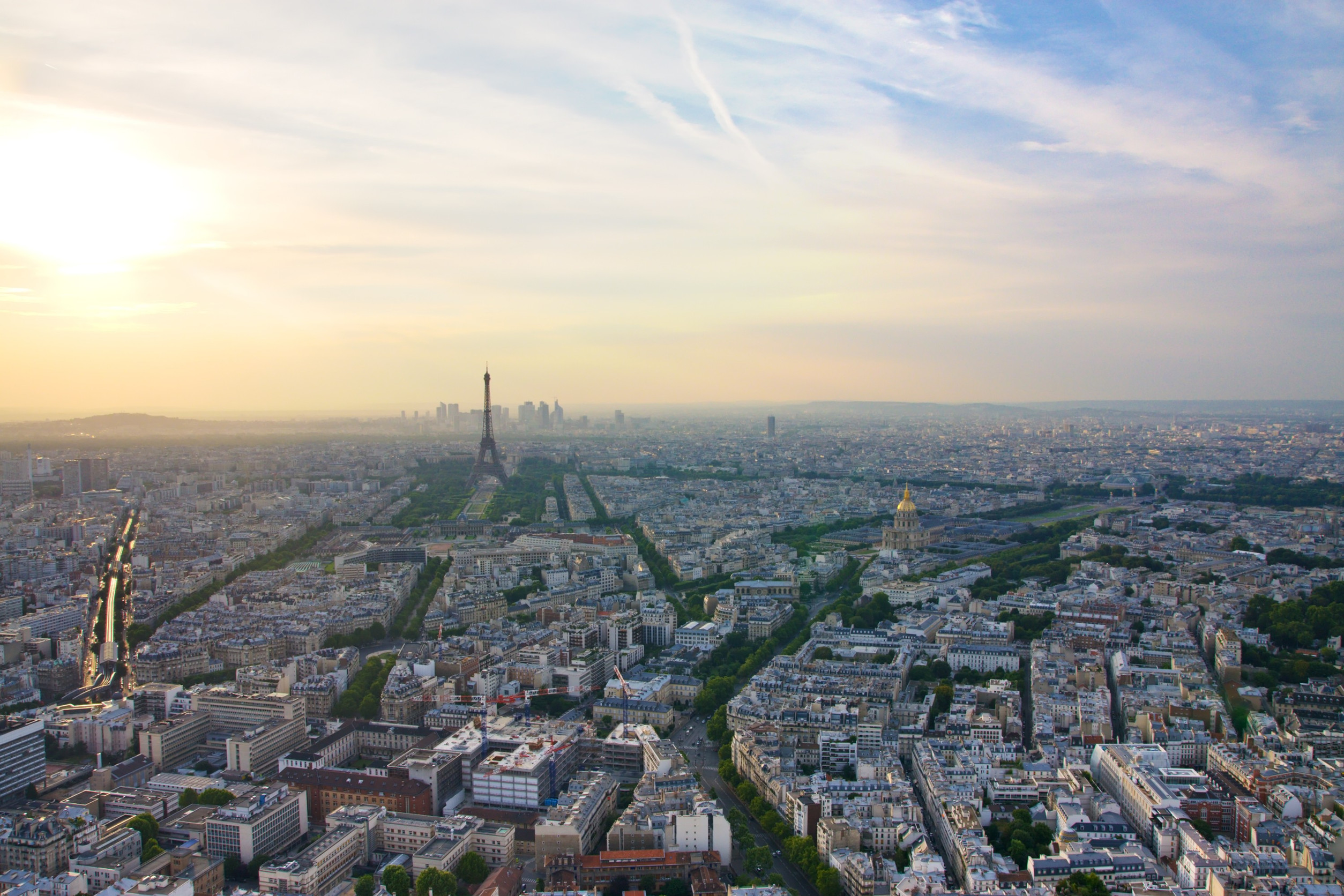We’ve talked a lot about how the pandemic shutdowns have boosted environmental health in many regions. Specifically, the pandemic has taught us volumes about air quality and pollution. The opportunity for a global experiment afforded to us by the pandemic shed light on what strategies are most effective for air pollution reduction.
The dramatic change in pollution levels and composition in cities around the globe gave researchers the opportunity to examine the chemical makeup of atmospheric pollution and how they change when behaviors like driving, flying, and production is greatly reduced.
The biggest takeaway from researchers so far has been not only that changes in human behavior can dramatically reduce CO2 emissions, something we already had a pretty strong understanding of, but also that the pandemic’s impact on levels of various pollutants varied greatly based on city and was highly regional. These differences are believed to be due to climate conditions, like temperature, wind, and rain patterns, but also by photochemical interactions with sunlight, which vary from season to season.
For example, in New York City, nitrogen oxide gases produced by traffic dropped significantly from March 15 through July 23, with the most dramatic drops being in the summertime, despite spring having more stringent lockdown measures. This showed researchers that summertime climate patterns make drops in nitrogen oxide gas emissions more pronounced. This can help inform green policy decisions, like boosting green transportation initiatives specifically in the summer months.
Although devastating, the covid-19 pandemic has had a few unique benefits for the scientific community. In addition to advancements in mRNA vaccine research and other medical discoveries, we have also had the opportunity to essentially conduct a global climate experiment. The question of what would happen if humans ceased CO2-emitting activities tomorrow has in some parts been answered and while it’s daunting to tackle permanently reducing emissions down to shutdown levels, it does provide a hopeful outlook that making these changes does produce a healthier environment and cleaner air for everyone to breathe.











